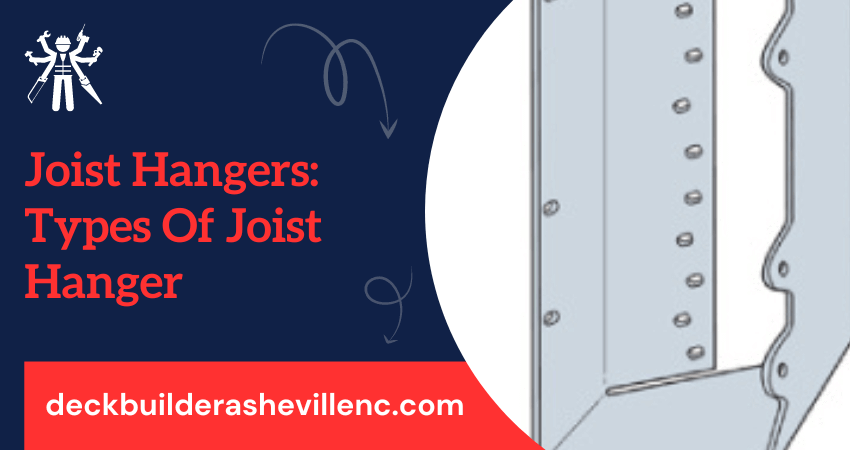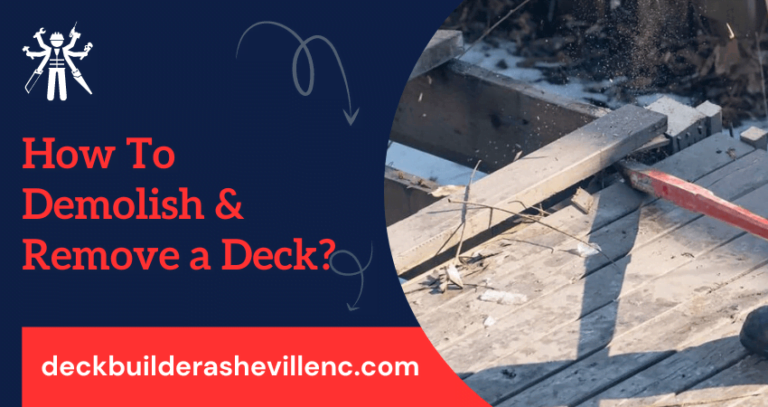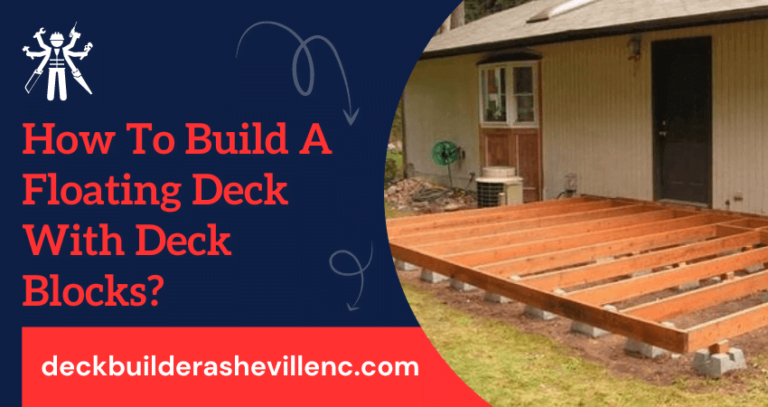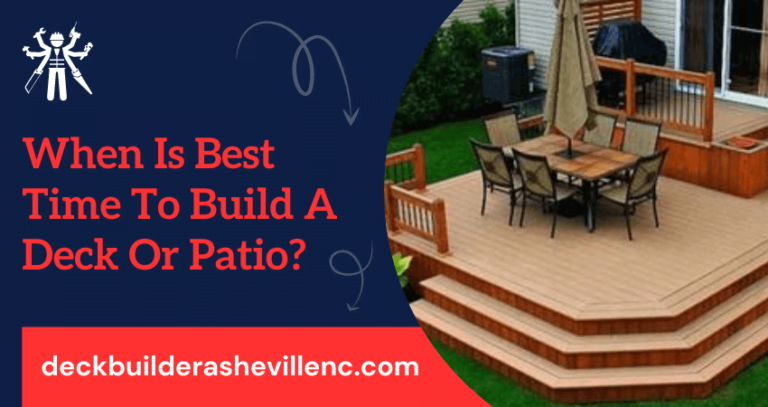Joist Hangers: Types Of Joist Hanger
When it comes to home renovations, construction projects and other DIY initiatives one of the most important steps is making sure that you’re using the correct type of joist hanger. Joist hangers are essential to securely mounting and framing beams in walls or over ceilings. Making sure that the right joist hanger is used for your specific project will ensure the safety and success of your project!
In this blog post, we’ll explore different types of joist hangers, how they work and when each should be used. We’ll also take a look at how to install a joist hanger and tips for ensuring a long-lasting connection, so let’s get started!
What are joist hangers and what do they do?
Joist hangers are metal brackets that are used to support building components such as wooden joists, beams and trusses. They come in various sizes and shapes depending on the structure being built and the weight it will carry.
Installed correctly, they provide a secure connection between framing members. This helps to prevent sagging, creaking and structural failure. Joist hangers also help to reduce movement between different components, which is necessary for a stable structure.
Additionally, joist hangers can add strength to an existing structure by providing additional support for weak or aging joists and beams. Overall, joist hangers are an important piece of equipment for any construction project and should always be used when installing framing members.
6 Different Types Of Joist Hangers
When it comes to joist hangers, there is a wide range of them available. Some common types include:
1) Standard joist hangers
These are the most common type of joist hangers. They securely attach beams or joists to walls, ceilings and other support structures. Standard joist hangers are typically made from galvanized steel and come in various sizes that can accommodate different types of lumber.
2) Double-shear joist hangers
These are also known as double-strength joist hangers. This type of joist hanger is designed to provide increased strength and stability when attaching two beams or joists together.
3) Face mount joist hangers
These are used to mount beams or joists directly onto the face of a support structure. They provide added stability when attaching two pieces of wood together, as well as extra strength and support when attaching a beam or joist to a wall.
4) Adjustable joist hangers
These are designed to accommodate various types and sizes of lumber. They allow for easy adjustment of the joist or beam to fit different support structures.
5) Concealed flange hangers
These are used to provide a secure and discreet connection between two beams or joists. The concealed nature of these hangers prevents moisture buildup and provides extra structural support.
6) Seismic restraint hangers
These are designed to withstand the forces of an earthquake. They provide added stability when mounting a beam or joist to a wall, ceiling or other support structure in areas prone to earthquakes.
When to use each type of joist hanger?
When determining which type of joist hanger to use, you must consider the size and weight of the joist, as well as the design of your project. It is important that the joist hanger you choose can support the load it will be subjected to.
For lighter loads, you should use a light-duty hanger such as a standard joist hanger or an adjustable joist hanger. For heavier loads, you may need to use double-shear or face-mount joist hangers.
If you are working on a project in an area prone to earthquakes, you should use seismic restraint hangers. Concealed flange hangers should be used when you want to hide the connection between two beams or joists.
No matter which type of joist hanger you choose, it is important to make sure that they are properly installed so they can provide the best possible support to your project. Be sure to follow all manufacturer’s installation instructions and use the correct tools for the job.
How to install a joist hanger?
- Determine where the joist hanger needs to be installed, taking into account the size of the joist and any other necessary requirements for its placement.
- Mark out the position of the joist hanger on the wall by drawing a pencil line along the full length of each flange.
- Secure the joist hanger to the wall with nails or screws through the pre-drilled holes in each flange.
- Place a level across the top of the joist hanger and adjust it until it is level before tightening any nails or screws used to secure it in place.
- Place the joist on top of the joist hanger and secure it in place with screws or nails driven through the pre-drilled holes in the sides of the joist hanger.
- Check that all connections are tight before using any type of decking material to cover the area. This will ensure maximum stability of the deck and joist hanger.
- Enjoy your new decking!
Note: If You Need Asheville Decking Service Feel Free to Contact Us!
Tips for ensuring a strong connection between the joist and the hanger
1) Make sure to use a galvanized hanger
Galvanized metal has a protective coating that helps reduce corrosion and rust, making it ideal for connecting joists.
2) Use the right size fastener
The size of the fastener depends on the type and weight of the material being attached. Make sure you are using the correct size for your application.
3) Pre-drill holes in the joist and hanger:
By pre-drilling a hole in the joist and hanger, you can ensure that both pieces are properly aligned before securing them together with fasteners.
4) Use washers
Using washers between the fastener and joist or hanger helps to distribute the load evenly, reducing the risk of stress on the connection.
5) Use high-quality hardware
Using quality materials will help ensure a strong connection between the joist and hanger that lasts for years to come.
6) Inspect regularly
Regular inspections of your joist and hanger connections are key to keeping them in good condition. Look out for signs of rust or wear and take action before any damage occurs.
Follow these tips and you will have a strong, long-lasting connection between your joist and hanger. With proper maintenance, this connection should last for years.
Final Words
There are many different types of joist hangers available on the market, so it’s important to know which one is right for your project. Be sure to consider the size of the joist and the load it will be subjected to before choosing the right type of hanger for your application.
We hope this article has helped you understand the differences between the various types of joist hangers and how to select the best one for your needs. Thanks for reading!








